2017 gold deposits boasting the highest-grade drill intersections
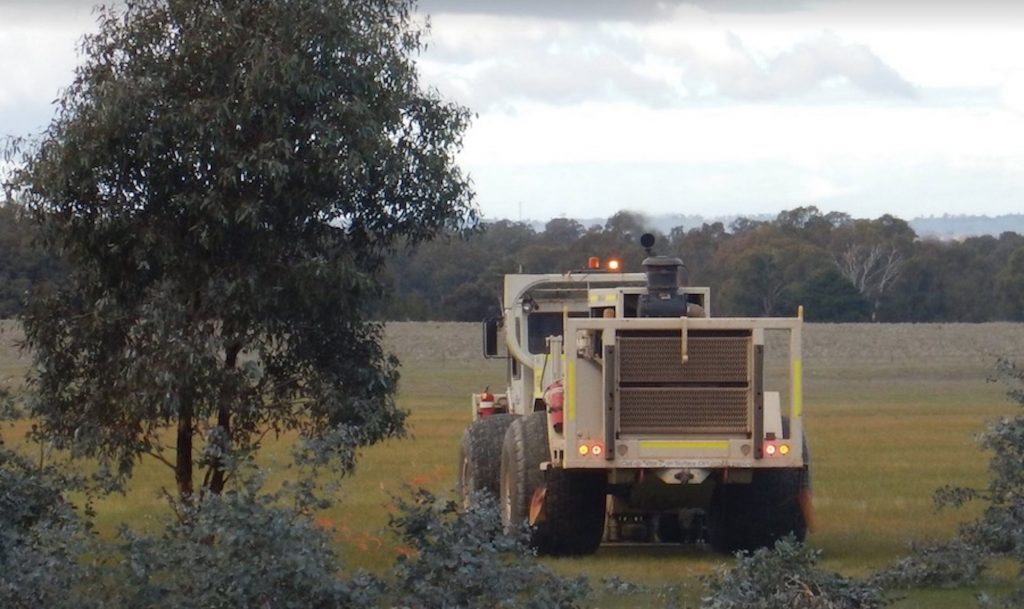
Story developed using data from Mining Intelligence. Learn more and schedule a demo.
Drill results are important indicators not only for mining and exploration companies, but nearly all stakeholders involved, including existing shareholders and potential investors.
While high-grade drill intersects are generally exciting and promising news, a conservative and very rigorous approach is recommended when a non-technical person is trying to understand the results of a drilling campaign.
It is not uncommon to see a press release where a company proudly claims that a “significant” interval has been recently intersected and that contains, for example, a 5,000 g/t gold grade. Such news can rapidly increase a company’s stock price, but is grade alone the crucial factor in a drill results’ interpretation?
Actually, these super-high anomalous grades are often associated with very narrow drill intervals, which may be caused by a nugget effect. These high grades may not adequately represent the composition of the ore body (if any), and cannot necessarily be considered as reliable precursors of a high-grade ore body or a deposit as a whole (Note: caution should be taken when the first drill results are reported from a greenfield project, especially when the type of mineralization and ore continuity/morphology are still unknown).
As such, when considered alone, high-grade drill intersections sometimes fuel speculation which may not show the real representative picture of the deposit. They should be considered mainly as a teaser that spurs further in-depth research and technical reports.
Other factors must be taken into consideration while interpreting drill results. The most important of them is the width of ore interval(s) intersected by the drill hole.
Indeed, a drill hole with a wide interval of mineralized material at a lower grade can be very beneficial to the company and often far more valuable than a high-grade drill hole intersection but with narrow width.
Moreover, narrow high-grade intersects may not be representative of the extent and continuity of the whole ore body, and may not be even part of a bigger ore body because of the “outlier” samples effect. At the same time, wide intervals of lower ore grade can be precursors of a massive deposit.
Narrow ore bodies are usually mined by expensive, selective mining methods, while massive wide ore bodies can be exploited using effective, lower-cost and highly productive bulk mining methods.
When combined with grade, the width of a drill intersect is a powerful tool that can be used to compare drill results released by different companies. When applying a gram-metre technique (grams per tonne of drill intersection at 1m intervals multiplied by the length of drill hole above the cut-off grade), the following concepts should also be used:
True width
Exploration drill holes are not always vertical and can, in fact, be drilled at any angle. Deposits can be of any imaginable shape and orientation, too. Consider a worst-case scenario, where a nearly vertical drill hole intersects a nearly vertical ore body or a nearly horizontal hole intersects a nearly horizontal ore body (usually when exploration holes drilled from underground workings). In this case, if a width of an ore interval is measured along a drill hole (apparent width), the results of the resource estimation could be significantly skewed and greatly overestimated. Therefore, the only reliable way to delineate ore bodies and calculate resources is to use the true width, or the real thickness of an ore body. The true width concept is best illustrated in Figure 1.
Grade capping
In fact, “highly” anomalous grades are not only used for incorrect speculations, but can be a real problem for geologists, too. Those “significantly high”grades can cause overstatement of the true underlying average grade and an overly optimistic assessment of ore reserves or resources. That is why grade capping is a very important technique adopted in most mineral resource models. For gold deposits, some specialists arbitrarily recommend capping grades in the range 30 to 60 g/t of gold. While this range may be appropriate in some instances, grade capping is better determined based on drill sample analysis obtained from a particular gold deposit that reflects a type of mineralization and morphology of an ore body, and production reconciliation (for deposits that are in production phase). A capping grade concept is illustrated in Figure 2.
Depth of intersection
Bear in mind that economic indicators of a mining project and its feasibility are primarily based on the grade of mineralization relative to the depth of the ore interval and the size of ore body. For example, an ore body with 1 g/t average gold grade could be economically viable to exploit utilizing open-pit mining method down to a 200m depth. Intersection of the same grade uncovered at depths below 200m can easily be non-economic because of costly underground mining methods only viable at those depths. This is just a brief glance at the very complex issue that is the subject of thorough and rigorous geological, technical, economic, comparative and benchmarking studies. With all this information in mind, let’s look at the highest-grade gold intersections reported in 2017. Mining Intelligence tracks all publicly released drill results and has many useful tools for comparative analysis.
To avoid uncertainties and speculation associated with early-exploration stage drilling results, only projects with delineated ore bodies, reported true widths and calculated resources have been included in this ranking. In cases where multiple high-grade intersections were reported for an individual project during the year, only the best interval has been considered. Drill results for the entire hole were considered, excluding intermediate intervals or intervals with less than 1 metre width.
List of the top highest-grade gold intersections in 2017, in gram-metres
#1 Fosterville – 8,126 gram-metre
Kirkland Lake Gold Ltd. (TSX,NYSE:KL) reported continuous high-grade drill results at depth from underground drilling at the Fosterville Mine in Australia. The most impressive was an 8,126 gram-metre intercept from the Swan Zone of the Lower Phoenix gold system. The Swan Zone is the highest-grade area of the Fosterville mine, with an initial mineral reserve of 532,000 ounces at an average grade of 58.8 g/t gold. Combined with a mined grade of around 23 g/t and cash costs in the range of $300-350/oz, Fosterville is one of the world’s most remarkable underground gold deposits right now.
#2 Amaruq – 1,548 gram-metre
Agnico Eagle Mines Limited (TSX, NYSE:AEM) owns the Amaruq gold deposit, located approximately 50 kilometres northwest of the Meadowbank mine, in Nunavut, Canada. Agnico reported a record 1,548 gram-metre drill intersection in 2017. As of December 31, 2016, the Amaruq property contained an open pit indicated mineral resource of 2.1 million ounces of gold (16.9 million tonnes grading 3.88 g/t); an open pit inferred mineral resource of 763,000 ounces gold (4.9 million tonnes grading 4.81 g/t); and an underground inferred mineral resource of 1.4 million ounces gold (6.8 million tonnes grading 6.22 g/t).
#3 Kiena – 1,468 gram-metre
Wesdome Gold Mines Ltd. (TSX:WDO) owns the Kiena Mine Complex in Val d’Or, Quebec, which is a fully permitted underground mining and milling complex. From 1981 to 2013 the mine produced 1.75 million ounces of gold from 12.5 million tonnes at a grade of 4.5 g/t. In 2013 operations were suspended, but the infrastructure has been well preserved on a care and maintenance status. Drilling is currently focused on delineation of additional proximal zones, which may enhance future production scenarios. The 1,468 gram-metre intercept uncovered in 2017 confirms the near-term potential to redevelop the Kiena deposit for commercial production.
#4 Island Gold – 1,281 gram-metre
Richmont Mines Inc., which was acquired by Alamos Gold (TSX:AGI) in November 2017, reported a 1,281 gram-metre drill intersection at its cornerstone Island Gold Mine in Ontario. Deep directional drilling further confirmed the continuation of high-grade wide mineralized zones and significant potential to increase mineral resources at depth. Richmont anticipates adding quality high-grade near-mine resources at the Island Gold deposit that could be incorporated into the current mine plan.
#5 Saramacca – 1,227 gram-metre
IAMGOLD Corporation (TSX:IMG,NYSE:IAG) reported a 1,227 gram-metre intersection during its 2017 infill drilling program at the Saramacca deposit located 25 kilometres southwest of the company’s Rosebel Gold Mine in Suriname. This massive high-grade deposit is amenable for open-pit mining and IAMGOLD plans to bring it into production as quickly as possible.
#6 Bermejal – 739 gram-metre
Leagold Mining Corporation (TSX-V:LMC) reported a 739 gram-metre intersection at its high-grade Bermejal underground deposit in Mexico, which is adjacent to Los Filos – Bermejal mine complex. It may potentially be the second underground mine there, in addition to the existing Los Filos underground mine. As of November 20, 2017, the Bermejal deposit contained an underground resource of 2.77 million ounces of gold (15.4 million tonnes grading 5.6 g/t).
#7 Leprechaun – 638 gram-metre
Marathon Gold Corporation (TSX:MOZ) uncovered a 638 gram-metre intersection at the Leprechaun Deposit at the Valentine Lake Gold Camp, in central Newfoundland. The new drilling confirms the continuity of excellent gold grades down through the more than 350 metres deep and 25 to 60 metres wide, mineralized Main Zone corridor of the deposit.
#8 Eagle River – 593 gram-metre
Wesdome Gold Mines Ltd. (TSX:WDO) reported a 593 gram-metre gold intersection at its Eagle River Mine in Wawa, Ontario. These results contain potential widths of up to 20 metres and are unprecedented at Eagle River. The current proximity of these intercepts to mine infrastructure coupled with the sheer volume of high grade mineralization will potentially have near to mid-term positive production implications. The Eagle River Complex is currently producing gold from two mines, the Eagle River Underground Mine and the Mishi open pit.
#9 Buritica – 529 gram-metre
Continental Gold Inc. (TSX:CNL) uncovered a 529 gram-metre gold intersection at its Buriticá project in Antioquia, Colombia. The results of the drilling are quite impressive and will likely lead to the growth in high-grade resources, improved project economics and greater mine plan flexibility once commercial production commences in 2020. The Buriticá project boasts of up to 22 g/t gold in proven reserves.
#10 Karma – 527 gram-metre
Endeavour Mining (TSX:EDV) reported a 527 gram-metre gold intersection from its exploration campaign at the company’s Karma mine in Burkina Faso. Drilling at the Karma mine has confirmed high-grade mineralization at the Yabongso target that will likely add further potential to extend the mine life.
More News
{{ commodity.name }}
{{ post.title }}
{{ post.date }}

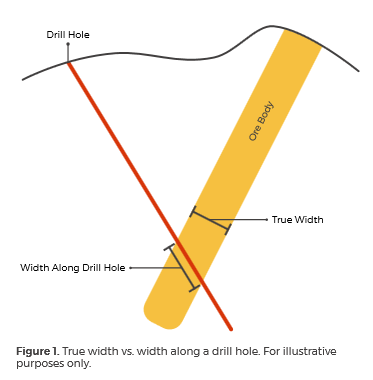
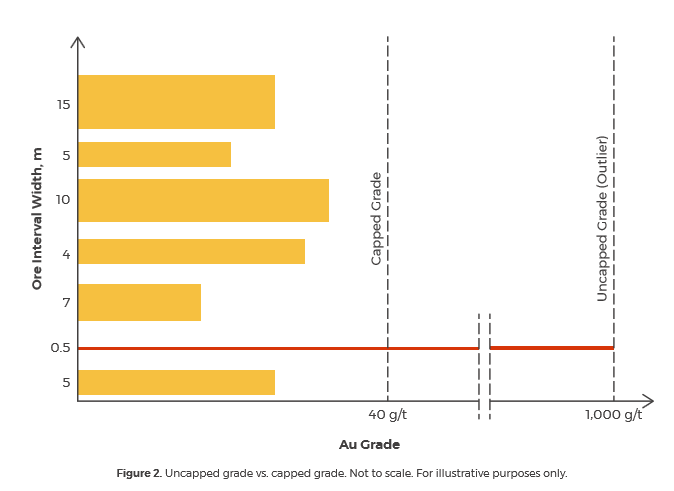
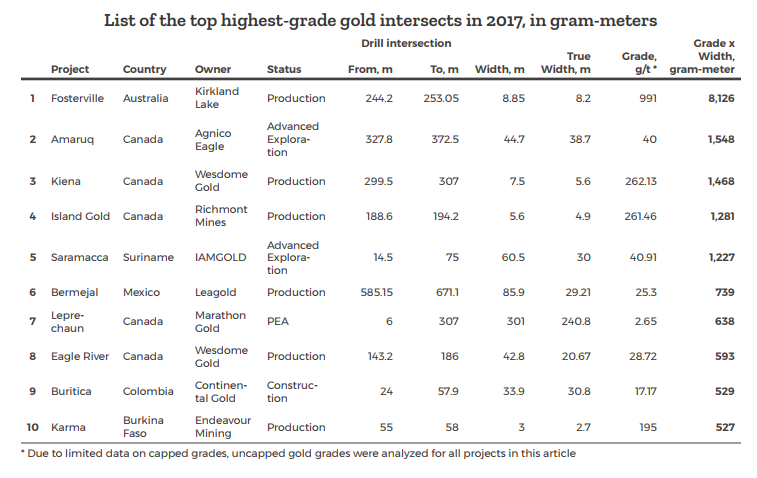

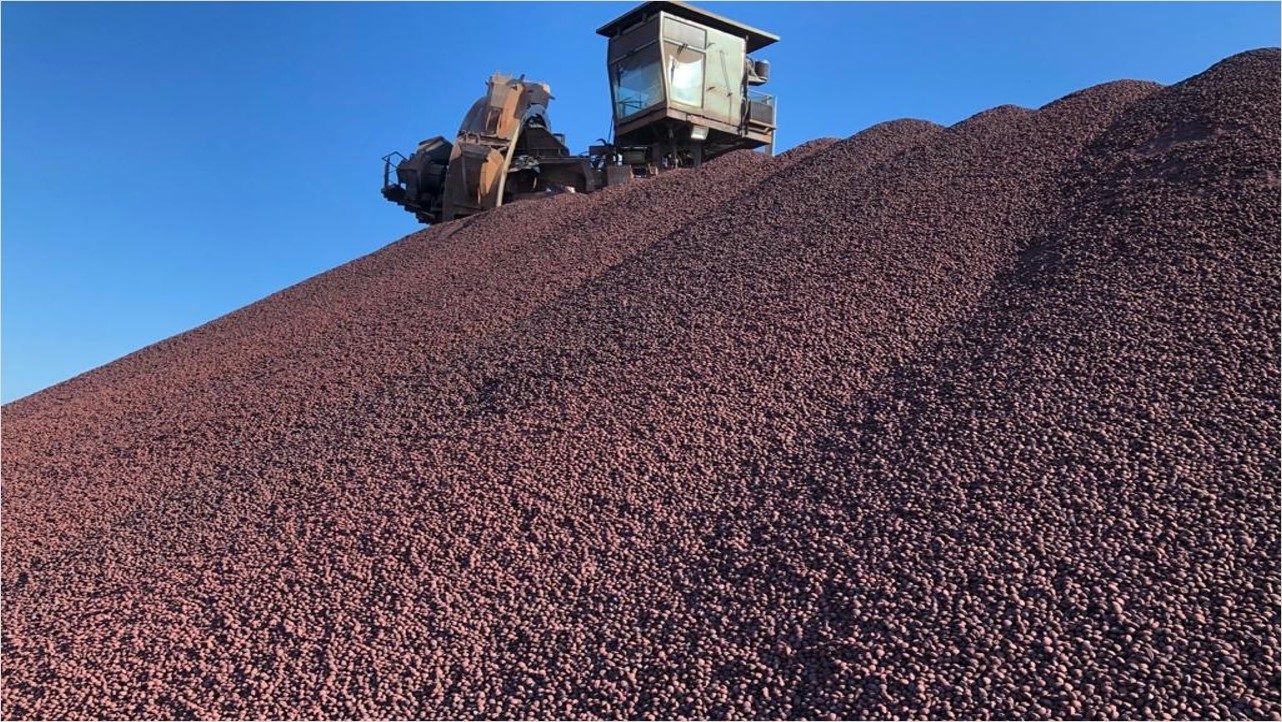
2 Comments
Patrick Warren
Looks like the demand for gold mining will only go up as the DJI can’t sustain the ponzi with interest rates going up http://thebestgoldirarolloverguide.net/
ygnitzi
You forget West African ?